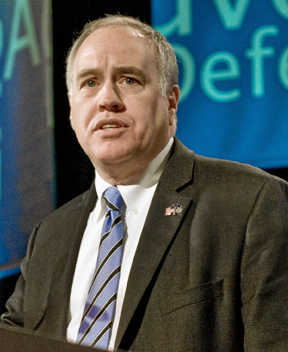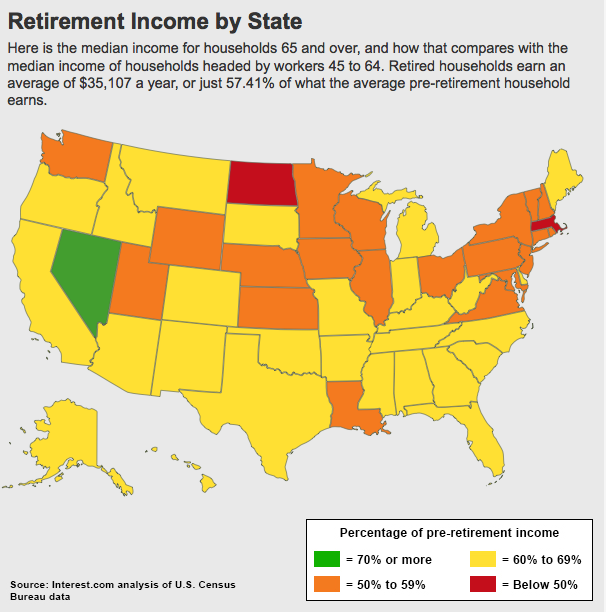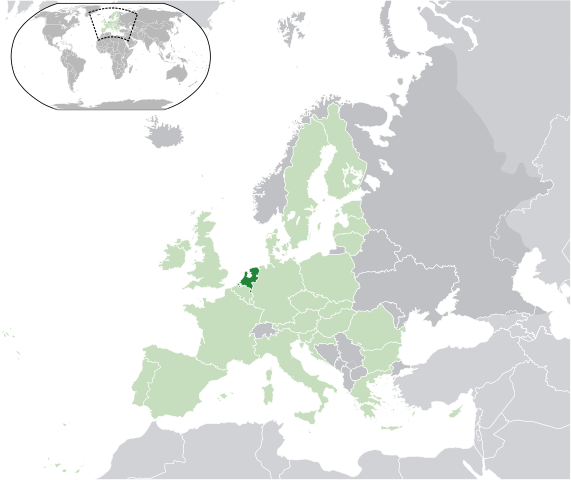In just two weeks, Phoenix residents will head to the ballot boxes to vote on Proposition 487, the controversial pension reform measure that would shift new hires into a 401(k)-type system.
Recently, a group opposing the law made a bold claim:
“Prop. 487 will cost Phoenix taxpayers more than $350 million over the next 20 years.”
But is it true?
The Arizona Republic did some fact checking. They found that the switch to a 401(k)-type system wouldn’t save the city any money initially. In fact, one report claims that the switch would indeed cost the city $350 million:
That [401(k)] provision would not save money, according to the city’s actuary. A report from the financial analysis firm Cheiron states that closing the pension system and replacing it with a 401(k)-style plan would cost the city an estimated $358 million over the first 20 years, assuming the city contributes 5 percent of employees’ pay to the defined-contribution plan.
An analyst for Cheiron and city officials said the move to a 401(k)-style plan itself would cost more initially because Phoenix must pay down its massive unfunded pension liability while funding a new retirement plan.
The city’s pension system for general employees, the City of Phoenix Employees’ Retirement System, is only 64.2 percent funded, meaning it doesn’t have the assets to pay about $1.09 billion in existing liabilities. In other words, the city only has about 64 cents on the dollar to cover all of its long-term payments for current and future retirees.
Phoenix must pay off that pension debt regardless of what voters decide. Prop. 487 wouldn’t decrease the existing unfunded liability, but it would stop the city’s liability from growing, opponents and supporters agree.
But there’s a twist: other aspects of Prop. 487 could offset the previously-mentioned costs. From the Arizona Republic:
Other changes outlined in Prop. 487 could offset that up-front cost of switching to a 401(k)-style plan. If fully implemented, the initiative would save the city a net of at least $325 million over the first 20 years, according to Cheiron’s report.
Two key provisions of Prop. 487 could save money in the first 20 years:
–Make permanent and expand reforms the city has made to combat the practice of “pension spiking,” generally seen as the artificial inflation of a city employee’s income to boost retirement benefits. It would exclude from the pension calculation any compensation beyond base pay and expand the number of years used to determine an employee’s final average salary, a key part of the benefit formula. Those changes could save an estimated $475 million over the first 20 years, Cheiron’s report states.
–Prohibit the city from contributing to more than one retirement account for each city worker, including current employees. Currently, the city contributes to a second retirement plan, known as deferred compensation, on top of most employees’ pensions. Cheiron projects eliminating deferred compensation would save an estimated $208 million.
Consultants for the city have said Prop. 487 could save additional money if those changes are applied to public-safety employees, who are in a separate, state-run pension system. Although the initiative contains intent language saying it doesn’t impact police officers and firefighters, supporters and opponents disagree whether it will be interpreted that way.
Interestingly, city officials have tended to agree that the reform measure would cost the city $350 million over the next 20 years. Officials are also worried about the litigation the proposal could invite if passed by voters.









